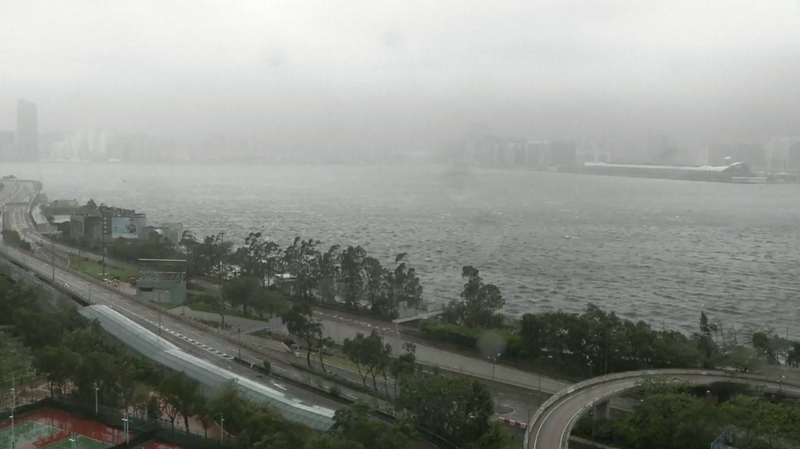Typhoon Wipha, the sixth tropical storm of the year, slammed into the Chinese mainland's Guangdong Province near Jiangmen City at 5:50 p.m. local time on Sunday, bringing fierce winds and heavy rainfall. The Guangdong Meteorological Observatory reported maximum sustained winds of 33 meters per second (119 km/h) at its core as it made landfall, with the storm now tracking west-southwest at 20-25 km/h.
Authorities have activated emergency response protocols, urging residents in coastal areas to remain vigilant. The typhoon's trajectory could disrupt transportation networks and temporarily affect manufacturing hubs in the Pearl River Delta, a key concern for investors monitoring supply chain stability. Over 20,000 fishing vessels have returned to port, while flood control teams are on high alert.
While Wipha is weaker than 2023's Typhoon Saola, its rapid development highlights growing climate challenges in southern China. Academics note the storm's path mirrors patterns observed in recent years, offering critical data for regional disaster preparedness models. Travelers are advised to check flight statuses and avoid coastal areas until the system weakens.
Reference(s):
cgtn.com








